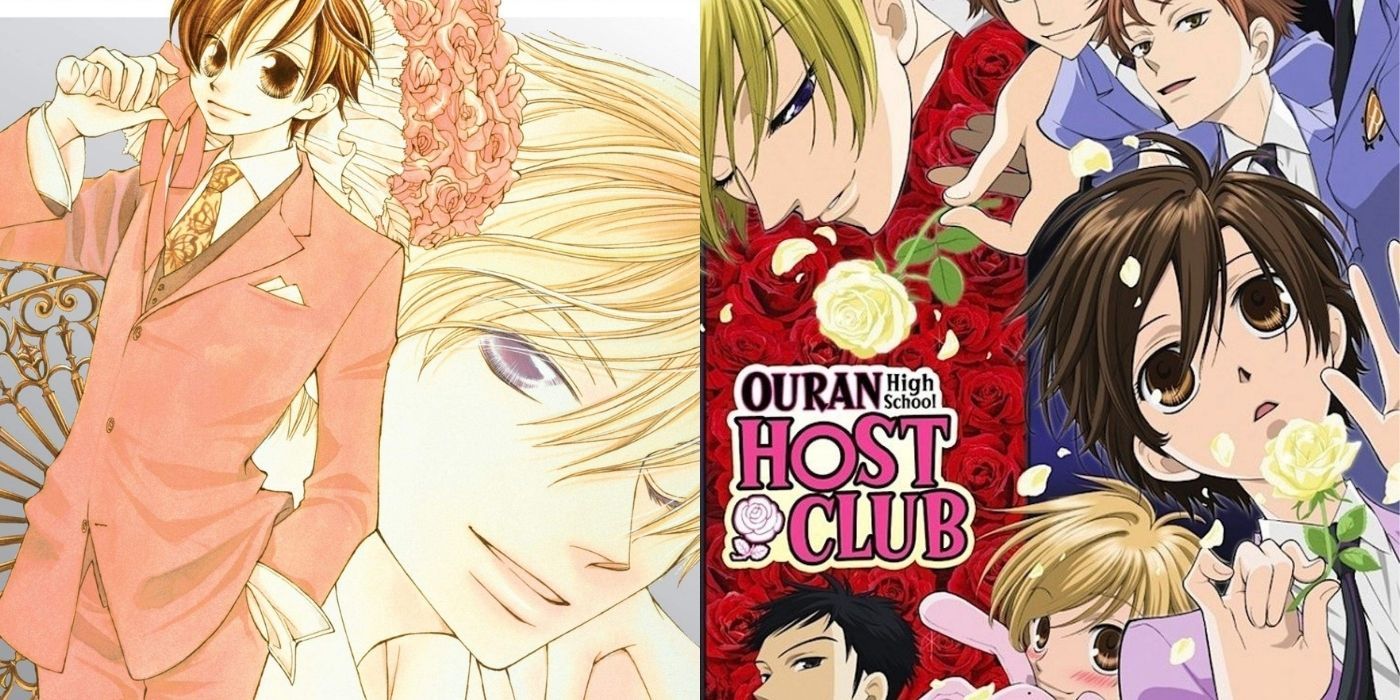Manga in Korean? Yeah, it’s a total blast! Forget just Japanese manga—Korea’s got its own scene, blending awesome Japanese styles with a seriously unique Korean twist. We’re diving deep into the popularity of manga in Korea, from the crazy-popular manhwa to how those Japanese comics get translated and the impact it all has on Korean culture. Think K-pop, but with graphic novels.
Get ready for a wild ride!
We’ll break down the demographics of Korean manga fans – who’s reading what and how. We’ll explore the translation process, the challenges of capturing those cultural nuances, and even check out some top translation groups. Plus, we’ll peek into the Korean manhwa industry, looking at publishers, authors, and the unique characteristics that set Korean comics apart. We’ll even gaze into the crystal ball and predict the future of manga in Korea – what’s next for this booming scene?
Manga’s Rising Sun in Korea: A Deep Dive: Manga In Korean
Korea’s manga scene is exploding, a vibrant mix of imported Japanese manga and homegrown manhwa. This isn’t just about reading; it’s a cultural phenomenon influencing everything from animation styles to fashion trends. Let’s break down the current state of manga and manhwa in Korea, from readership trends to the future of the industry.
Popularity of Manga in Korea
Manga’s popularity in Korea is undeniable. While manhwa holds a strong domestic position, Japanese manga enjoys a significant following, particularly among younger demographics. This popularity is fueled by readily available digital platforms, diverse genres, and the consistent release of new titles. The rise of online communities dedicated to manga discussion and fan translations further enhances its reach.
Currently, digital consumption dominates, with platforms like KakaoPage and Naver Webtoon offering easy access to both licensed and fan-translated manga. However, physical copies still maintain a dedicated market, especially for popular series and limited editions. The most popular genres tend to be action, fantasy, romance, and shonen, reflecting global trends. A typical visual representation would show young adults, both male and female, engrossed in digital manga on smartphones or tablets, while others browse physical volumes in bookstores or dedicated manga cafes.
The image would be bright, energetic, and showcase a diverse group of readers, highlighting the widespread appeal of manga in Korea.
Korean Language Manga Translations
The translation process involves a team of experts, including Japanese-to-Korean translators, editors, and proofreaders. The challenges lie in accurately conveying cultural nuances and idioms that may not have direct equivalents in Korean. Different translation styles exist, ranging from literal translations that maintain the original phrasing to more naturalized translations that prioritize fluency in Korean. The choice of style significantly impacts the reader’s experience, affecting both comprehension and the overall feel of the story.
| Group Name | Translation Style | Notable Works | Website/Platform |
|---|---|---|---|
| Group A (Example) | Literal, aiming for accuracy | Attack on Titan, One Piece | ExampleWebsite.com |
| Group B (Example) | Naturalized, prioritizing flow | My Hero Academia, Demon Slayer | ExamplePlatform.net |
| Group C (Example) | Hybrid, balancing accuracy and flow | Jujutsu Kaisen, Spy x Family | ExampleCommunity.org |
Korean Manga (Manhwa) Industry
The Korean manhwa industry boasts a strong lineup of publishers and authors, with Daewon C.I. and Haksan Culture Company being prominent examples. Distribution channels are diverse, encompassing online platforms like KakaoPage and Naver Webtoon, alongside traditional bookstores and comic shops. Korean manhwa often distinguishes itself from Japanese manga through its focus on vertical scrolling, a more stylized art style, and frequent incorporation of webtoon-specific features.
You also can understand valuable knowledge by exploring bunk bed manga.
- Romance: Often features intricate relationships, dramatic plot twists, and beautiful art.
- Action/Adventure: Characterized by fast-paced storylines, intense fight scenes, and dynamic visuals.
- Fantasy: Explores magical worlds, mythical creatures, and epic quests.
- Comedy: Incorporates humor and lighthearted situations, often with exaggerated characters and situations.
Impact of Manga on Korean Culture
Manga’s influence on Korean animation and comics is visible in the stylistic choices and narrative structures employed by many Korean creators. Themes and styles from popular manga series have been adapted in Korean dramas, films, and even video games. Manga-inspired fashion trends, particularly among younger generations, demonstrate its impact on consumer culture. For example, the popularity of a specific manga series featuring unique clothing styles could lead to a surge in demand for similar clothing items in Korea, creating a noticeable impact on fashion trends.
The Future of Manga in Korea, Manga in korean
The future of manga in Korea looks bright, with continued growth expected in both digital and physical consumption. Advancements in technology, such as VR and AR experiences, could create immersive ways to enjoy manga. However, challenges include maintaining the balance between licensed and fan-translated content, addressing piracy issues, and fostering the growth of original Korean manga and manhwa.
In the next 10 years, we might see a rise in collaborative projects between Japanese and Korean creators, further blurring the lines between manga and manhwa, resulting in a richer and more diverse landscape of visual storytelling.
So, there you have it – manga in Korea isn’t just a trend, it’s a vibrant and evolving part of Korean culture. From the explosion of manhwa to the ongoing influence of Japanese manga, the Korean comic scene is a dynamic mix of tradition and innovation. Whether you’re a seasoned manga fan or just curious about this exciting world, there’s something here for everyone.
Get reading!

